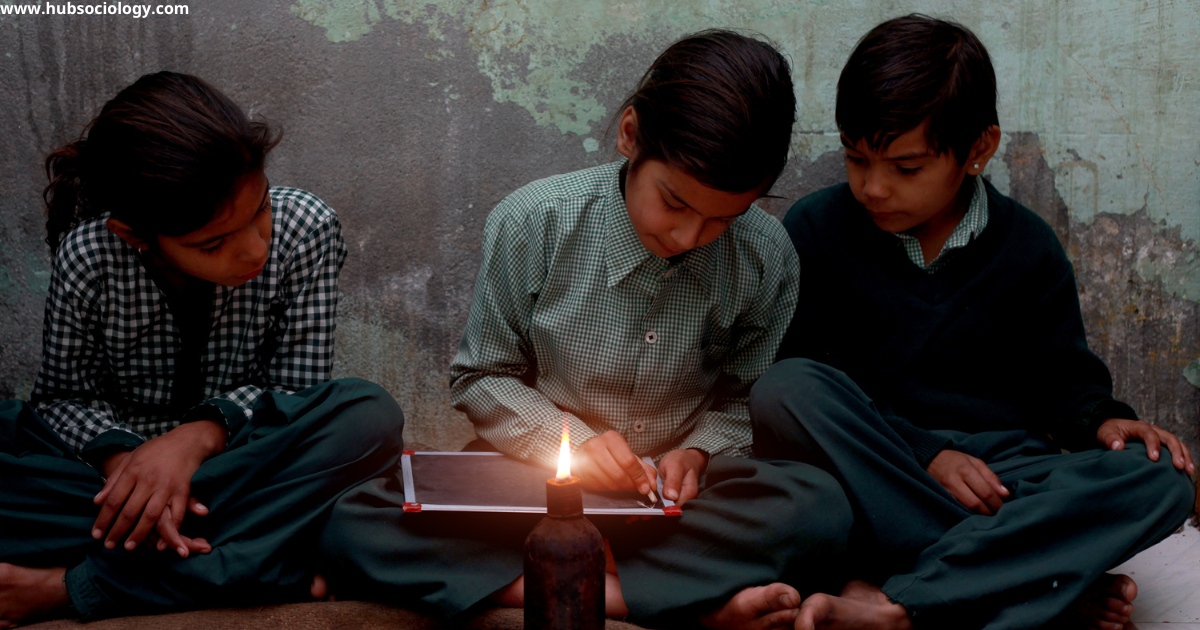Introduction
Social constructivism is a sociological theory that examines how human beings create meaning through social interactions and institutional practices. Unlike essentialist perspectives that view categories such as race, gender, and class as fixed and biologically determined, social constructivism argues that these categories are shaped by historical, cultural, and social processes. This article explores how race, gender, and class are socially constructed, the mechanisms through which these constructions are maintained, and their implications for social inequality.

Theoretical Foundations of Social Constructivism
Social constructivism is rooted in the works of theorists such as Peter L. Berger and Thomas Luckmann (The Social Construction of Reality, 1966), who argue that reality is not an objective truth but rather a product of human interaction. According to this perspective, knowledge and social categories are developed through shared understandings and institutional reinforcement.
Key principles of social constructivism include:
- Meaning is socially created – Categories like race and gender gain significance through language, culture, and social norms.
- Institutions reinforce constructions – Legal systems, education, and media play a role in sustaining these categories.
- Power dynamics shape constructions – Dominant groups often define and impose these categories to maintain hierarchies.
Using this framework, we can analyze how race, gender, and class are constructed and perpetuated in society.
The Social Construction of Race
Race as a Social, Not Biological, Category
Scientific consensus holds that race has no biological basis; genetic variation within racial groups is often greater than between them (American Anthropological Association, 1998). Instead, race is a social construct developed through historical processes such as colonialism, slavery, and segregation.
Historical and Institutional Construction
- Colonialism and Racial Hierarchies – European colonizers classified people into racial categories to justify exploitation (e.g., the “white supremacy” ideology).
- Legal Systems – Laws such as the U.S. “one-drop rule” (hypodescent) legally defined Blackness to enforce racial segregation.
- Media and Stereotypes – Representations in film, news, and literature reinforce racial stereotypes (e.g., the “criminal Black man” trope).
Implications of Racial Construction
- Systemic Racism – Racial categories justify unequal access to resources (housing, education, employment).
- Identity Formation – Individuals internalize racial identities, affecting self-perception and social interactions.
The Social Construction of Gender
Gender vs. Sex
While sex refers to biological differences, gender is a social construct encompassing roles, behaviors, and identities (West & Zimmerman, 1987). Societies define what it means to be “masculine” or “feminine,” and these definitions vary across cultures.

Mechanisms of Gender Construction
- Socialization – Families, schools, and media teach gender norms (e.g., “boys don’t cry,” “girls should be nurturing”).
- Institutional Enforcement – Laws historically restricted women’s rights (voting, property ownership), reinforcing patriarchal structures.
- Language and Symbolism – Gendered language (e.g., “fireman” vs. “firefighter”) reinforces binary thinking.
Implications of Gender Construction
- Gender Inequality – Wage gaps, underrepresentation in leadership, and gendered violence stem from constructed norms.
- Non-Binary and Transgender Challenges – Social movements challenge rigid gender binaries, highlighting the fluidity of gender.
The Social Construction of Class
Class as a Social Hierarchy
Class is not merely an economic category but a socially constructed hierarchy that shapes identity, opportunities, and power.
How Class is Constructed
- Cultural Capital (Bourdieu, 1984) – Elite groups maintain status through education, language, and tastes, excluding lower classes.
- Media and Ideology – Narratives like the “American Dream” suggest class mobility is purely merit-based, ignoring structural barriers.
- Labor and Exploitation – Capitalism reinforces class divisions by valuing certain labor (white-collar) over others (manual labor).
Implications of Class Construction
- Social Stratification – Class affects access to healthcare, education, and political influence.
- Class Consciousness – Movements like socialism challenge constructed hierarchies, advocating for wealth redistribution.
Intersectionality: The Interplay of Race, Gender, and Class
Kimberlé Crenshaw’s (1989) intersectionality highlights how race, gender, and class intersect to produce unique experiences of oppression and privilege. For example:
- A Black woman faces both racial and gender discrimination in the workplace.
- A poor White man may experience class oppression but still benefit from racial privilege.
Ignoring these intersections leads to incomplete analyses of social inequality.
Conclusion on Social Constructivism & Construction
Social constructivism reveals that race, gender, and class are not natural or inevitable but are products of historical, cultural, and institutional forces. These constructions sustain power hierarchies, justifying inequality. However, because they are socially created, they can also be deconstructed and reimagined. Sociological analysis empowers us to challenge these categories, advocate for equity, and envision more inclusive societies.

Topic Related Questions on Social Constructivism & Construction
5-Mark Questions on Social Constructivism & Construction (Short Answer)
- Define social constructivism and explain how it differs from essentialism.
- How is race socially constructed? Provide one example.
- What is the difference between sex and gender from a social constructivist perspective?
- How does Pierre Bourdieu’s concept of cultural capital contribute to the construction of class?
- Briefly explain how media plays a role in reinforcing gender norms.
- How does socialization contribute to the construction of gender roles?
- What is the “one-drop rule,” and how did it shape racial identity in the U.S.?
- Explain how stereotypes reinforce social constructions of class.
- Why do sociologists argue that race is not biologically real but socially significant?
- Give an example of how language (e.g., job titles) reinforces gender constructions.
10-Mark Questions on Social Constructivism & Construction (Analytical/Descriptive)
- Discuss how historical processes (e.g., colonialism, slavery) contributed to the social construction of race.
- Explain how gender roles are socially constructed through family, education, and media.
- Analyze how social institutions (e.g., legal systems, labor markets) reinforce class divisions.
- Compare and contrast the social construction of race and gender, highlighting key similarities and differences.
- How does intersectionality help us understand the overlapping effects of race, gender, and class? Provide an example.
- How does the education system contribute to the social construction of class inequalities?
- Discuss how laws and policies (e.g., marriage laws, voting rights) have historically constructed gender roles.
- Explain how racial segregation (e.g., redlining) was institutionalized and its long-term effects.
- How do fashion and beauty standards reflect and reinforce social constructions of gender and race?
- Analyze how social media both challenges and reproduces constructions of race, gender, and class.
15-Mark Questions on Social Constructivism & Construction (Critical/Essay-Type)
- “Race is a social construct with real consequences.” Critically evaluate this statement using sociological theories and examples.
- Examine how capitalism contributes to the construction of class. Discuss whether class is purely economic or also cultural.
- How do power and ideology sustain social constructions of gender? Use feminist theories in your response.
- Assess the role of language and discourse in shaping perceptions of race, gender, and class. Refer to relevant sociological perspectives.
- “Social constructivism challenges fixed notions of identity.” Discuss this statement with reference to race, gender, and class, and evaluate its implications for social change.
- “Gender is performative” (Judith Butler). Critically analyze this statement in the context of social constructivism.
- How does the criminal justice system reflect and reinforce racial and class constructions? Provide sociological evidence.
- Evaluate the argument that social class is reproduced through cultural capital (Bourdieu) and social networks (Granovetter).
- “Social constructs can be dismantled.” Discuss this statement with reference to movements like #BlackLivesMatter, #MeToo, or class-based activism.
- Compare functionalist, conflict, and symbolic interactionist perspectives on the social construction of race, gender, or class.
Bonus: Application-Based Questions
- Conduct a mini-analysis of a recent advertisement or news article using social constructivism. How does it portray race/gender/class? (10 marks)
- Interview a peer about their understanding of race or gender. How do their responses reflect social construction? (5 marks)
- Debate: “Biological determinism vs. social constructivism—which better explains inequality?” (15 marks)

3 thoughts on “Social Constructivism & Construction of Race, Gender & Class”